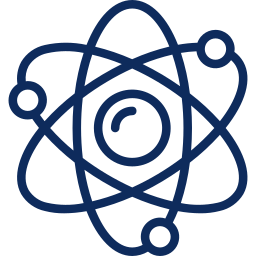At SciTech Patent Art, we craft provisional and complete patent applications that are both strategically sound and technically robust. Our team ensures early priority is secured with well-structured provisional filings and follows through with comprehensive, legally strong complete specifications. With deep technical expertise and a clear understanding of patentability nuances, we help clients minimize risks and maximize protection across jurisdictions.
Provisional Patent Specification
A provisional specification is a strategic first step in the patenting process. It is a preliminary document filed to establish an early priority date and allows the inventor to use the term “Patent Pending.” This temporary application helps safeguard your invention during the development or funding stages.
Key Elements of a Provisional Specification:
-
Invention Description: A detailed overview including purpose, structure, and operational method.
-
Embodiments & Variations: Coverage of all possible forms the invention could take to ensure broader protection.
-
Drawings or Sketches: Visual representations (if applicable) to help clarify technical details.
-
Scope & Novelty (Optional): While claims are not mandatory, clearly highlighting the uniqueness of the invention is recommended.
A complete specification must be filed within 12 months to maintain the priority date. Accuracy and thoroughness in this draft are vital to protect the invention’s patentability in the interim.
Complete (Non-Provisional) Patent Specification
A complete specification is the formal and detailed patent application that defines the scope of legal protection for your invention. It is examined by the patent office to determine the grant of a patent.
At SciTech Patent Art, we ensure the complete specification is technically precise, strategically crafted, and legally sound, minimizing risks during prosecution and maximizing enforceability.
Structure of a Complete Specification:
-
Title: Concise and representative of the invention.
-
Field of Invention: Defines the technical domain of the invention.
-
Background: Highlights existing challenges or limitations in prior art.
-
Objective of the Invention: Specifies the technical problem being solved.
-
Summary of the Invention: Brief overview of key features and solutions provided.
-
Brief Description of Drawings: Index of accompanying illustrations.
-
Detailed Description: A thorough breakdown of the invention’s construction, operation, and embodiments, including examples and best practices.
-
Claims:
The most critical section—defining the exact legal scope of protection. Claims must be:-
Precise and legally valid
-
Broad enough to deter circumvention
-
Fully supported by the description
-
-
Abstract: A concise summary of the invention’s technical contribution.
-
Drawings: Clearly labeled illustrations to enhance understanding of the invention.
-
Sequence Listing (if applicable):
Required for biological inventions involving nucleotide or amino acid sequences, this facilitates patent examination and improves prior art searchability.

















